Dork – This person is socially inept, but not offensive. Don't worry, you'll encounter those later.
What else you might try – Introduce them to their brethren, which should be seated out of the way of the rest of the guests, “Have you met Mohammed, Sidney, Clayton and Jugdish? Good. You’ll have plenty to talk about.” Or, try to send them to the store to get things, maybe even more than once.
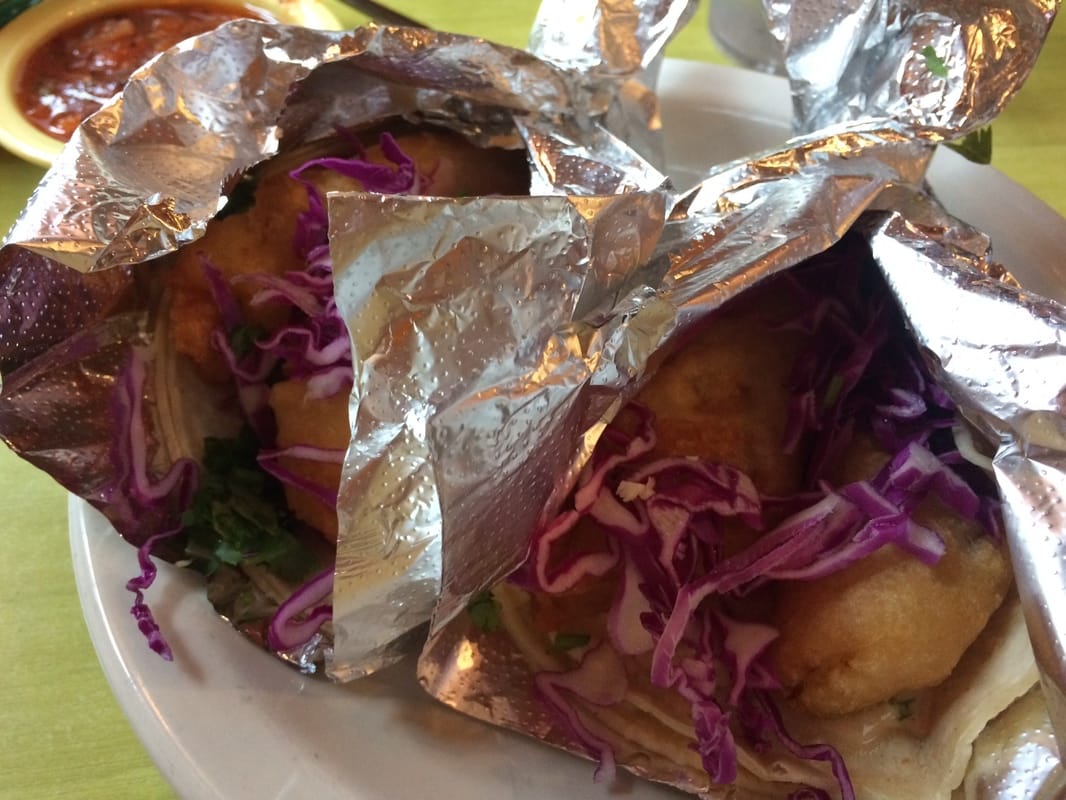


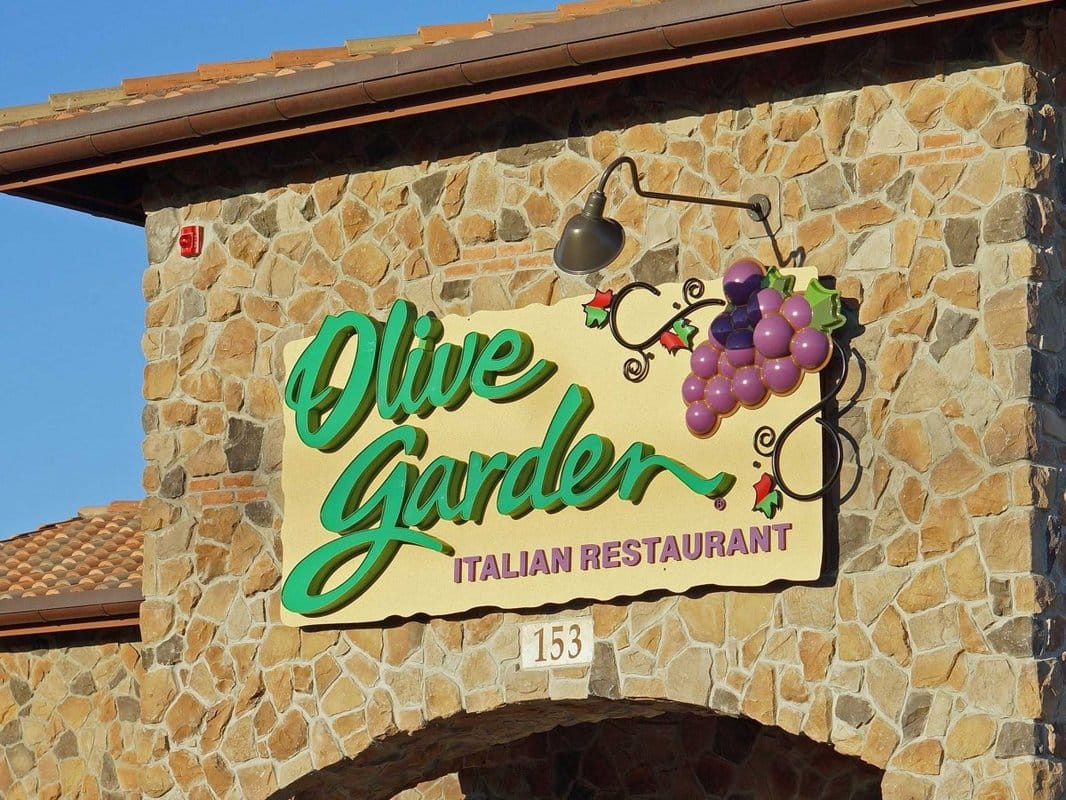

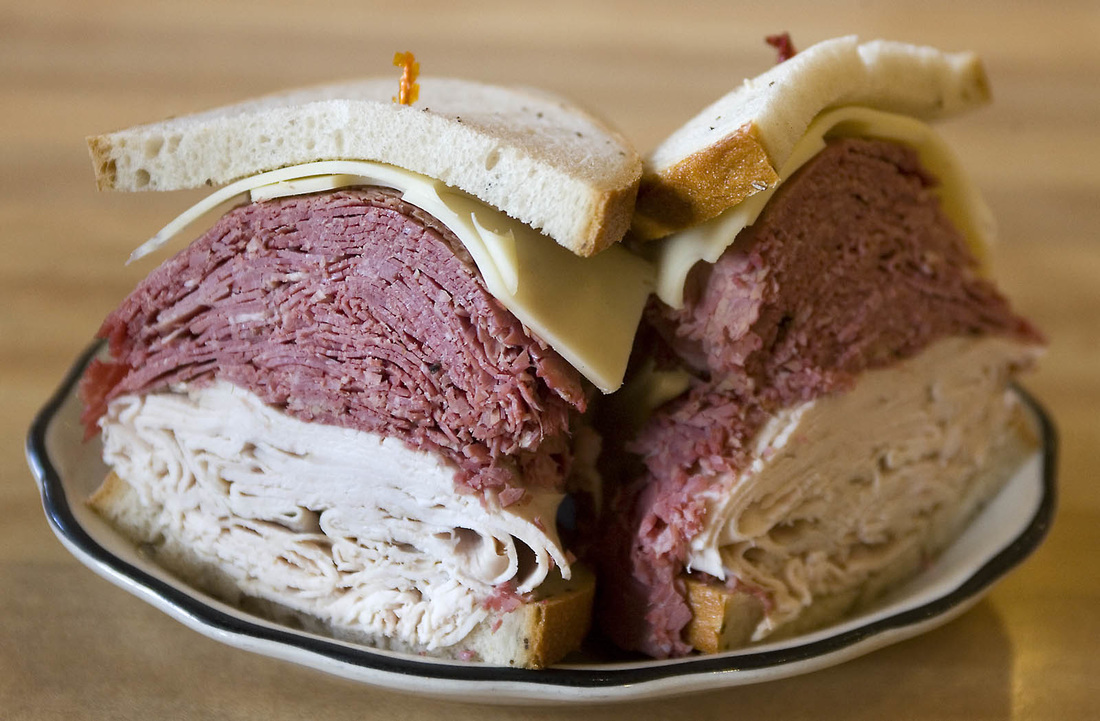
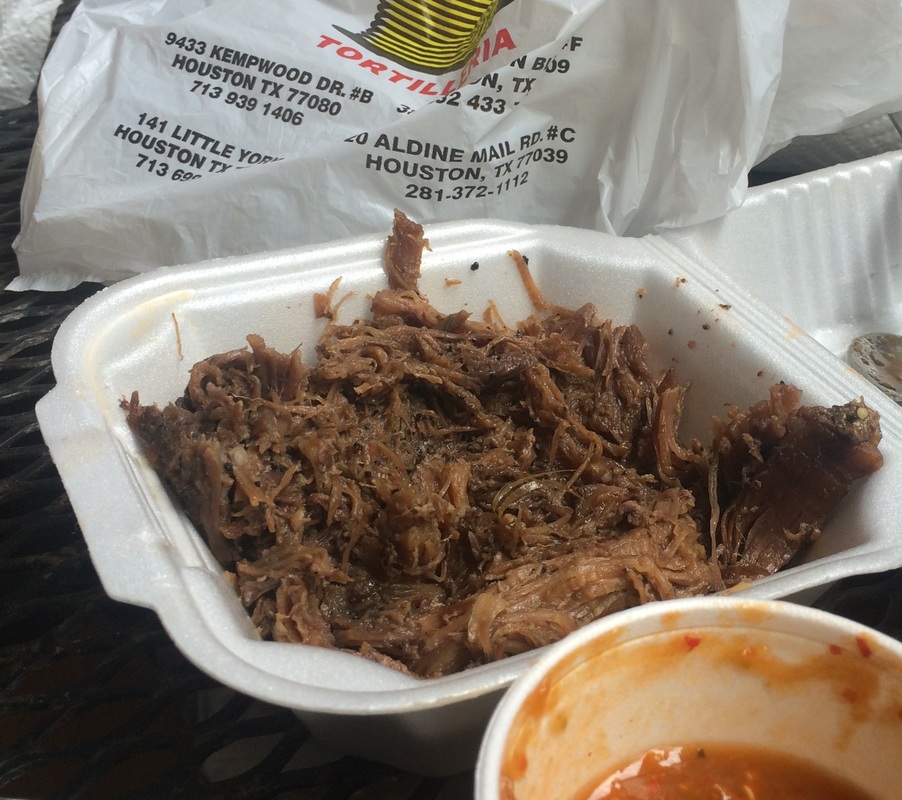
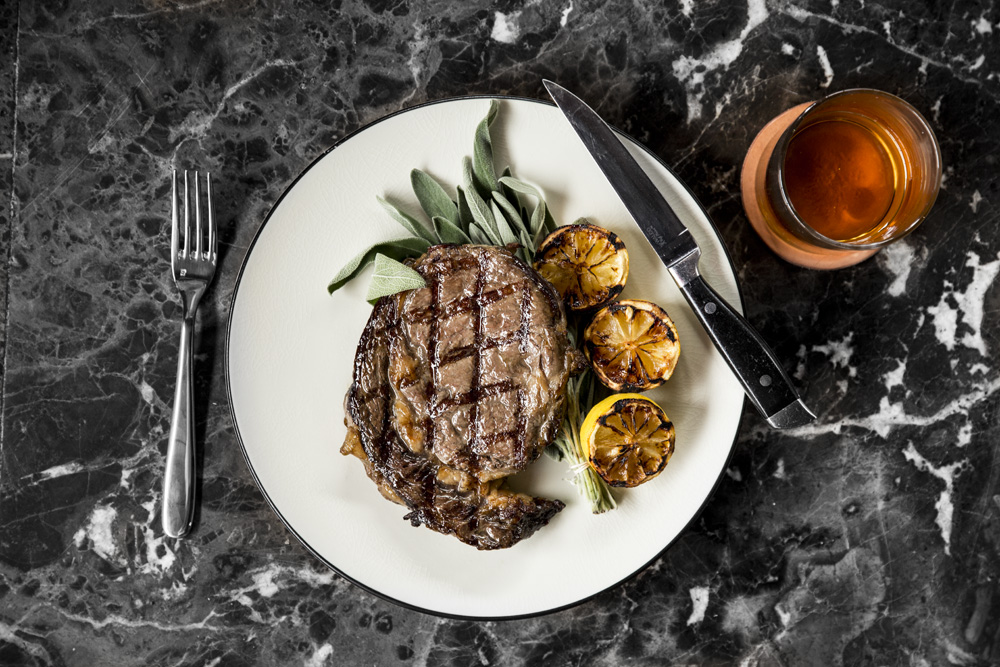

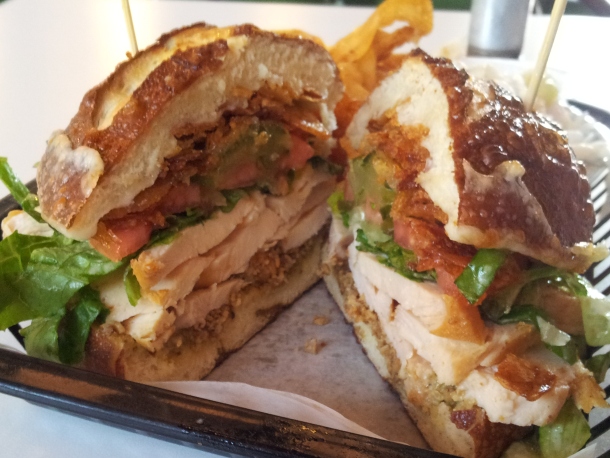
 RSS Feed
RSS Feed

